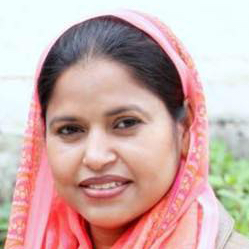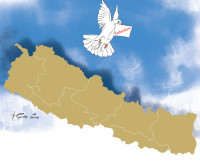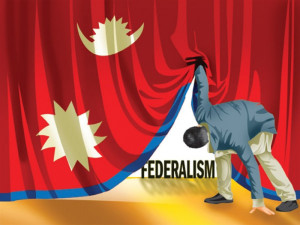Columns
CPA and post-conflict Nepal
Those who keep people in the dark have triumphed over those pursuing the light of truth.
Mohna Ansari
It has been 18 years since the Government of Nepal and the then Communist Party of Nepal (Maoist) signed the Comprehensive Peace Accord in 2006, ending the decade-long armed conflict which started in 1996. Like it or not, I cannot resist thinking back to the year and wondering what could have been done to make the agreement more comprehensive and peaceful.
November 2006 was a moment of hope for the nation’s future, much of which stemmed from the solemn commitments outlined in the agreement signed by the political leaders. A lot has happened since then, and it is vital to ask: How do we measure how successful the post-2006 “new” Nepal has been in realising the promises?
In July this year, we witnessed yet another change in government, which was carried out in dark, smoke-filled rooms. Two pahadi, high-caste men decided how to give us a new government.
The CPA was straightforward about the need for inclusion, which was a significant move towards addressing the historical discrimination faced by marginalised communities. Yet, there isn’t a single Dalit or Muslim in the current Cabinet formed under the CPN-UML and the Nepali Congress coalition, meaning that 20 percent of Nepalis have no place in the higher levels of the state. Further, there is a huge gender disparity in the Cabinet—only two out of the 22 members are women, representing less than 10 percent of the total members. This indicates that not much has changed even after nearly two decades of the CPA. Power is still in the grip of the same people.
It will take a lot of time to list the unfulfilled commitments in the CPA. Undoubtedly, the parties who have shared the government over nearly two decades are to blame for all this. However, I will concentrate on one pressing issue now: Impunity.
Impunity exists when people are not held accountable for their crimes, usually due to their political influence. This politicises the rule of law and reduces public confidence in the justice system. Such a culture provides the context in which corruption flourishes. One cannot combat corruption without ending impunity.
Many factors are holding back Nepal’s economic development. First is the failure to implement the CPA commitment to land reform, which would have dynamised the agricultural sector and brought much-needed economic redistribution to some of the most marginalised communities.
Further, investors often lack confidence in the reliability and independence of the judicial system, leading to concerns that justice institutions will not adequately protect their investments. Impunity precedes good governance, a precondition for dynamic economic development. Corruption has remained a priority rather than legitimate economic activities.
The notable promise of 2006 that remains unfulfilled is Transitional Justice (TJ). Unfortunately, this concept is not widely understood in Nepal; we must work on this. TJ is based essentially on a truth process which reveals what has happened as a result of the failures of our institutions—police and judiciary.
The process of appointing office bearers for two key TJ bodies—the Truth and Reconciliation Commission and the Commission of Investigation on Enforced Disappeared Persons—to prioritise justice for the victims of the conflict period and their families is yet to see the light of day. The families have been clear through all these years that the TJ means not only reparations but also appropriate punishment for the perpetrators of Human Rights violations from 1996-2006.
The last 18 years have proved disappointing. In 2006, there was hope that we would move quickly to a “new Nepal.” While there wasn’t a clear consensus on what that meant, for most people, it suggested a dynamic economy backed up by renewed and efficient institutions.
Part of what has held back the country and prevented its transition into a new Nepal has been the priority our politicians have given to preventing the truth of the conflict from coming out. Those who keep people in the dark have triumphed over those pushing for the light of truth.
Redress for victims is at the core of TJ, a key part of the truth process. But when one tries to translate “transitional justice” into the local language, one ends up with tongue twisters. So, it is important to unpack these terms and explain that these processes will address victims’ needs and the injustices committed against them. However, the renewal of our institutions and politics that can come through TJ should be a priority for Nepali society beyond those directly affected or involved.
Recent progress, such as passing the TJ law amendments on August 22 this year, offers confidence to all those committed to the TJ that we are moving forward to some sort of justice. However, the fact that those who oppose truth and justice have managed to hold things back for 18 years tells us that we have to be alert; we cannot take things for granted. For this, we need the support of broader civil society.
I will continue to put my energy into making the TJ work. First, I want to give justice to the victims and families, but I also want to bring the renewal we all need for a better Nepal as we put the violence of 1996-2006 further behind us.
The TJ process will take time, at least four years or more. Any other path towards a new Nepal without TJ will take much longer.




 12.12°C Kathmandu
12.12°C Kathmandu
.jpg&w=200&height=120)












%20(1).jpg&w=300&height=200)

